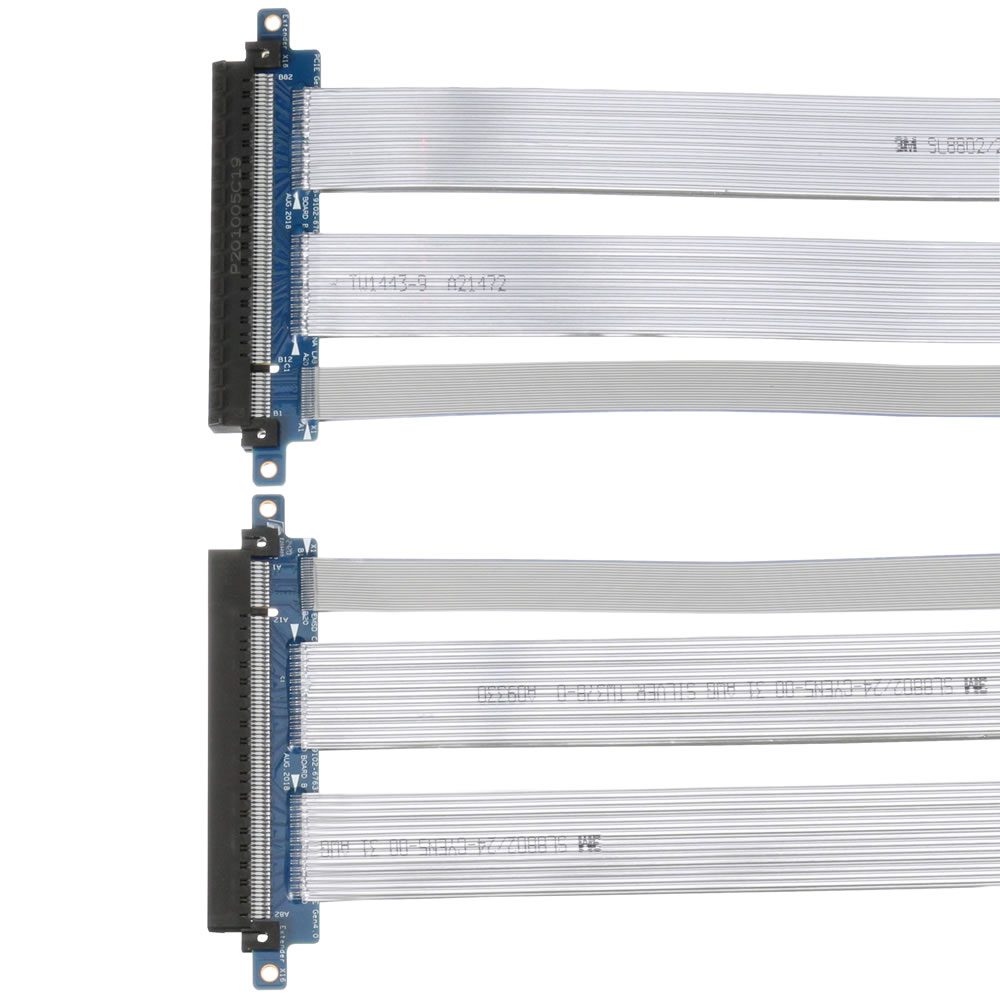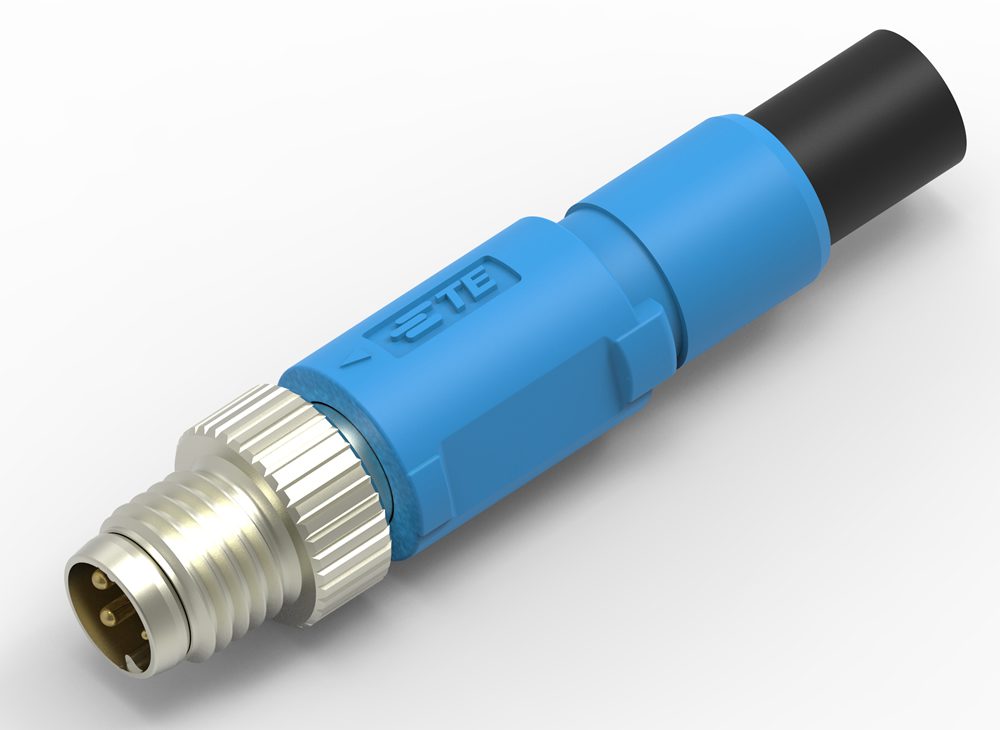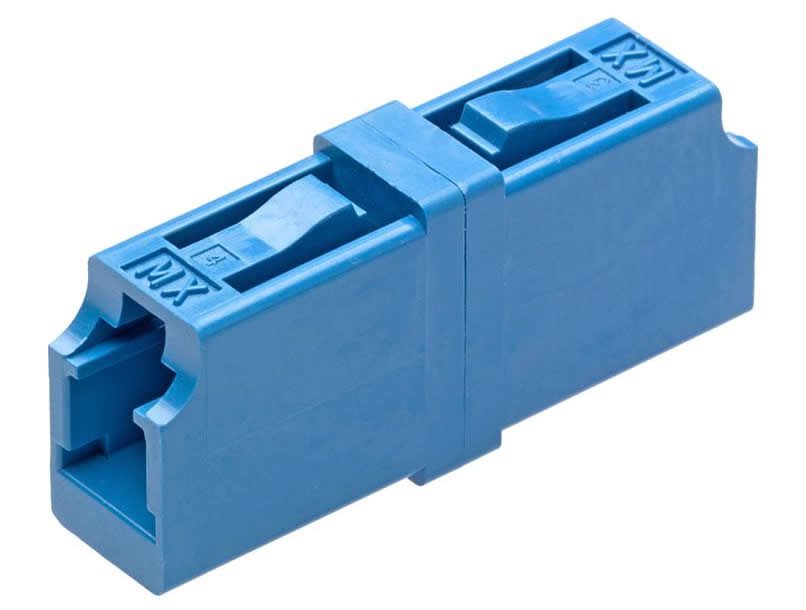
 Jan 26,2024
Jan 26,2024
 Reunion
Reunion
High-speed, compact, and powerful new connectivity solutions for Industrial Ethernet-based networks make it easy to upgrade existing cabling.

The concept behind Industry 4.0 and the Industrial Internet of Things (IIoT) touches all industries. From process control and automotive assembly to robotics and the food and beverage industry, data collection empowers smart factories, suppliers, and customers to share their digital knowledge and optimize this information to create efficiencies across the production and supply chain. Faster and more precise assembly, greater safety, and real-time communication across every step of the process saves costs, improves quality assurance, and builds more successful relationships with vendors and customers.
Reliable wired interfaces that can withstand harsh environments where data communication between PLCs, sensors, actuators, and motors take place are critical to the success of this digital future. Rugged new interconnects and advanced Ethernet architectures are enabling the next wave of industrial automation.

3M’s Gen 4 16GBPS Cable Assembly (8KCE-0953-500)
The IIoT and Industry 4.0 have inspired a move away from traditional fieldbus technologies in favor of growing reliance on Industrial Ethernet-based networks. Compared to fieldbus protocols, Ethernet provides a high-speed, low jitter, and deterministic solution that is easily implemented into existing networks. This upgradability makes it highly suitable for motor control applications.
Until recent years, classic Ethernet has not been able to reserve bandwidth or guarantee latency between nodes — a must for industrial networks. Changes such as Time-Sensitive Networking (TSN), described in IEEE 802.1AS, and a profile of the IEEE 1588 Precision Time Protocol (PTP) standard tackle this challenge. However, support for TSN requires hardware changes to Ethernet nodes. Existing Industrial Ethernet-based protocols such as EtherCAT already provide low jitter, less than 1µs and equivalent to IEEE1588, implemented in software using existing Ethernet MAC hardware.
Ethernet/IP, the fastest growing technology, and PROFINET, along with EtherCAT, remain the most popular Ethernet-based networking solutions in Europe, with Modbus-TCP also having a notable share. In the U.S., CIP networks still dominate the market but there is a clear trend towards Ethernet/IP. PROFIBUS, Modbus-RTU, and CC-Link remain the dominant fieldbus protocols, followed by CANopen and DeviceNet.

TE Connectivity’s M8 Hybrid Connector
The arrival of single-pair Ethernet (SPE), a cable configuration that uses a twisted pair of wires (or conductors) to transmit data, further accelerated the automation of industrial environments. SPE offers several advantages compared to the classic Industrial Ethernet, including thinner bending radii, smaller cables, and transmission rates of up to 1 Gb/s on a single pair. Its compact dimensions provide particular advantages for small systems and equipment. SPE is ideal for connecting cameras that aid cobots and inspection procedures; sensors that are located throughout automated networks; and low-speed devices such as actuators, relays, access control, and lighting applications. SPE can be used to upgrade existing two-wire systems and is compatible with the terminal block-style connections typically found in industrial applications.
Selecting best connector solution for industrial networks
Selecting the optimum connector for an industrial network can be challenging. Considerations include the number of connections required and the voltages and currents that will need to flow across the connector. Additionally, it is necessary to consider how often the connector will have to be mated and unmated, and whether this process may need to be done blind. The industrial engineer must also review environmental conditions such as the temperature of the operating environment and potential exposure to liquids, gases, or other contaminants, as well as electromagnetic compatibility challenges in busy factory environments where multiple electronic systems exist in parallel.

Molex’s Conn LC Adapter Duplex ST Panel Mount
The issue of handling during installation or cable manufacture is another factor. Connectors ease this process with a range of construction and mating options, from crimped and screwed pins to piercing and solder, with numerous available mechanisms to secure the connections. If connectors will need to be installed in challenging access areas, such as up a ladder at ceiling level or hidden in a cabinet, connector choices can have a significant impact on installation time and reliability.
To learn more about wired connectivity solutions for industrial environments, download Avnet’s white paper, Connectors for Industrial IoT, featuring TE Connectivity. Visit Avnet’s Industrial IoT portal for more resources.
Copyright © Shenzhen Reunion Electronics Co., Ltd.
